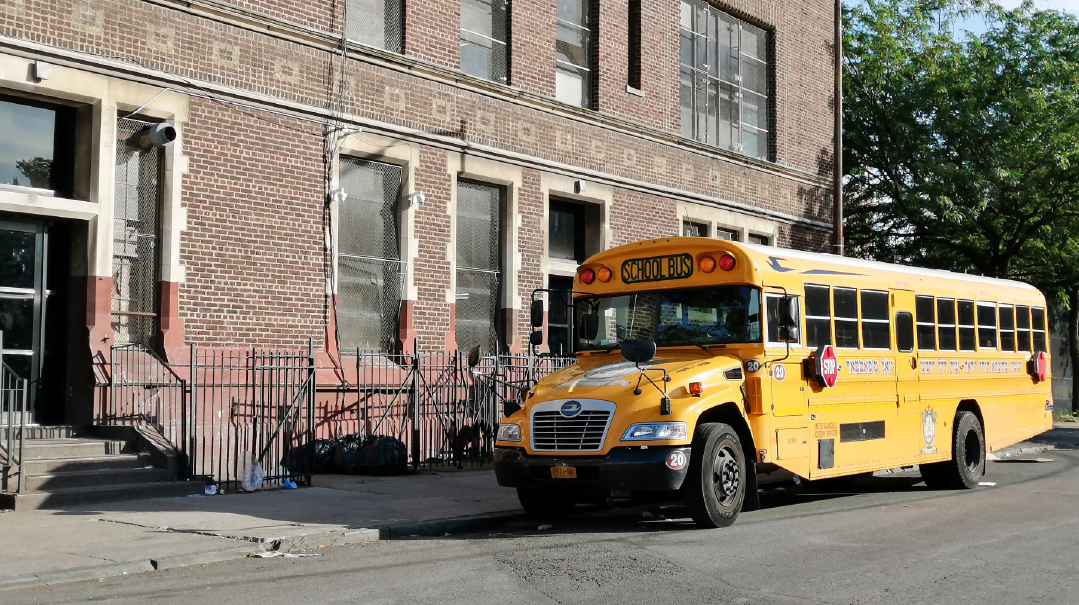Short Supply

Covid, in addition to causing immense loss of life, disrupted the world’s supply chain of products and services

Across the US, lumber is in short supply, car rentals are scarce on the ground, and computer chips are at a premium, holding up manufacturing. What’s happening? Welcome to the great Covid supply-chain crunch.
The first days of the coronavirus pandemic were an ominous time. But what many remember from those days is the stampede for toilet paper. Remember how the supply ran out for about a month? A lot of people were stockpiling it. So why didn’t factories just step up output to meet the increased demand?
The reason is that Covid, in addition to causing immense loss of life, disrupted the world’s supply chain of products and services. And a broken supply chain creates a domino effect. Going back to toilet paper: We think of it as a product whose demand is very stable. Factories, for their part, produce a constant, steady supply.
But when a panic sweeps all the shelves clean and quickly empties warehouses, it can take time to restock. I once worked in a factory in the Negev that produced clear adhesive tape. Older workers would recount how during the 1990 Gulf War, civilians swarmed the gates offering to pay any price for a roll of adhesive tape to seal their windows. (Israel was bracing for a chemical weapons attack from Saddam Hussein). But most of the factory machines were geared toward production of industrial tape, not short rolls for home use. As a result, a big shortage of sticky tape ensued.
Strange things happen when supply chains are broken. For example, cash registers ran out of small change at the height of the pandemic. I haven’t read a satisfying explanation for this yet, but when I visited Philadelphia in August 2020, one store was offering customers a free coffee if they paid a small part of their bill — I think it was $5 — in coins. People were leaving home much less, paying with cash less, so the natural currency circulation was disrupted.
Although the pandemic is on the wane, its destabilizing effects remain. It will continue to have an impact on what and how much we buy. And it’s becoming apparent that the destabilized supply chain isn’t about to return to normal.
The difference between the current pandemic disruption and “ordinary” disruptions is that this one occurred simultaneously across the globe, while usually disruptions are very localized — for instance, a country undergoing a hurricane will suffer a shortage of fuel. The fact that India and many countries in Europe and Asia are still bearing the full brunt of the pandemic means the disruption will last into the foreseeable future.
For example, if you made home renovation plans during Covid, you weren’t alone. During the endless lockdowns, many wanted to build a deck or an addition. This created a surge in the demand for lumber at a time when many wood processing facilities were not working full time. Lumber prices soared, and the end is nowhere in sight.
But that’s not all. When many of us started working from home this year, the resulting surge in the demand for personal computers led to a shortage of computer chips. This led to a shortage of new automobiles. Why is that? Because all major car manufacturers today install chips in their vehicles. So a shortage of chips means a shortage of cars.
The restaurant business also suffered. Restaurants’ arrangements with farmers for vegetable deliveries can’t be canceled overnight. Vegetables kept coming, but restaurants had no customers to serve them to. Unable to seat diners, some restaurants started selling fruits and vegetables to anyone who would buy them.
Even the rats had to adapt. Rats usually patronize the garbage cans outside restaurants, so when restaurants closed, they swarmed into residential neighborhoods.
What will the downstream effects be? Will countries start hoarding essential commodities to hedge against future supply disruptions? Will the US start importing certain products from more than one offshore source to avert shortages? Everyone’s starting to go back outside again, but it will take time before normal global trade patterns resume. In the case of a toilet paper shortage, it’s no big deal. But shortages of vegetables, medicines, or vaccines could make things very problematic, very fast.
A Plague of Cicadas
The first time I heard about cicadas, I thought it was a joke. Billions of insects swarming out from underground simultaneously every 17 years? It sounds like something out of a horror movie. Well, that’s what Washington, D.C., feels like right now with the 2021 cicada invasion.
The periodical cicada is an insect that lives most of its life underground, only to emerge at the end of its life cycle for a short period and reproduce, before dying. Some species emerge every year, some emerge every five or seven or 13 years, and then there’s the current species — Brood X — which emerges from underground every 17 years for one month.
The billions of bugs flooding streets in 15 states across the Midwest and Northeast, from Indiana to New Jersey, are real pests. They’re extremely noisy, night and day, and in some places they fly around in such numbers that you walk down the street with your mouth open at your own peril (good thing we’ve gotten used to wearing masks).
And besides the noise, they fly into everything, including humans, walls, windows, and whatnot. We spend the month of their emergence holed up in our houses, going out only when absolutely necessary.
And what’s worse, when it’s over they won’t really be gone — the streets will be strewn with billions of dead insects. If we didn’t know it was a cycle of nature, we’d think the world’s finally gone crazy. It’s kind of symbolic that after a year that saw everything from Covid-19 to gas shortages, we’re now having an infestation of swarming insects on top of it all. We can only hope that next time they emerge from underground, the world will be a calmer place.
(Originally featured in Mishpacha, Issue 862)
Oops! We could not locate your form.













